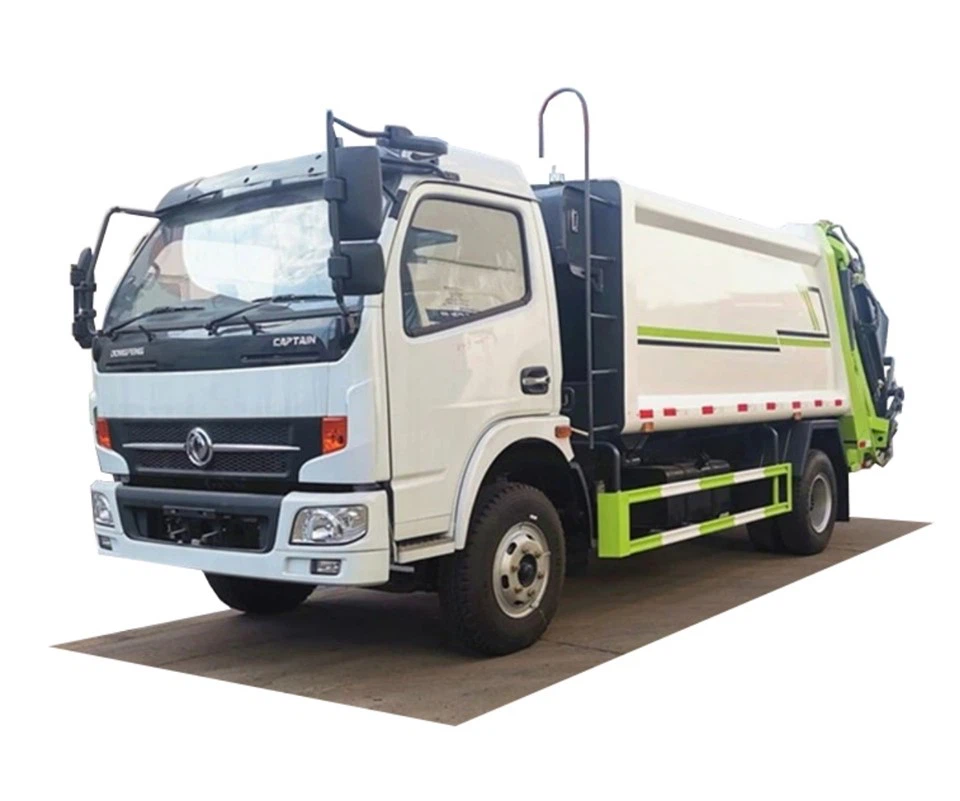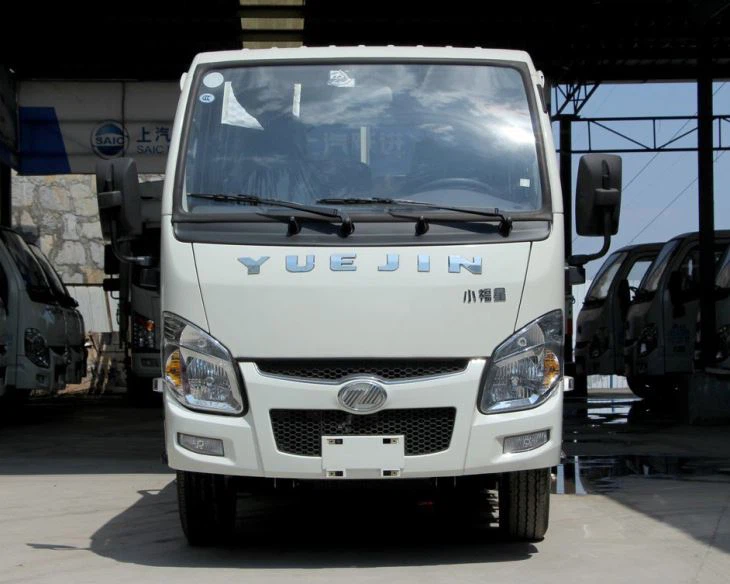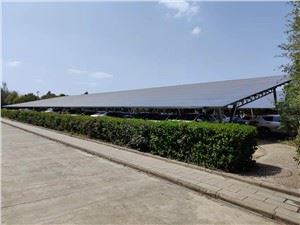Understanding the Size of Dump Trucks: A Comprehensive Guide

Dump trucks are essential vehicles in the construction and mining industries, designed to transport and unload various materials. This article provides an in-depth look at the size of dump trucks, discussing the different types available and how size affects their functionality. We will cover everything from dimensions to payload capacity, so you can choose the right truck for your needs.
An Overview of Dump Truck Sizes
Dump trucks come in various sizes, catering to different needs in construction, landscaping, and mining. Understanding the dimensions and weight capacities of dump trucks is crucial for selecting the right type for your project.
Types of Dump Trucks
The size of a dump truck significantly depends on its type. Here are the most common types:
- Standard Dump Trucks: Typically have a capacity of 10 to 14 cubic yards.
- Transfer Dump Trucks: Feature a large trailer that allows for additional cargo capacity.
- Semitrailer Dump Trucks: Offer excellent maneuverability and often have a larger payload capacity.
- Articulated Dump Trucks: Known for their ability to navigate rough terrain, ideal for mining operations.
- Super Dump Trucks: Equipped with an extra axle, these can carry over 15 cubic yards of material.
Dimensions of Standard Dump Trucks
Standard dump trucks vary in size based on their configuration and purpose. Most standard dump trucks have the following dimensions:
| Type | Length (ft) | Width (ft) | Height (ft) | Payload Capacity (tons) |
|---|---|---|---|---|
| Standard Dump Truck | 20-25 | 8 | 10-12 | 10-14 |
| Transfer Dump Truck | 25-30 | 8 | 10-12 | 12-20 |
| Semitrailer Dump Truck | 25-40 | 8 | 10-12 | 15-25 |
| Articulated Dump Truck | 25-32 | 8-10 | 12-15 | 15-30 |
| Super Dump Truck | 25-30 | 8 | 12-15 | 15-26 |
Factors Influencing the Size of Dump Trucks

Construction Needs
Your project’s specific requirements will heavily influence which size dump truck you need. For smaller construction sites, a standard dump truck will suffice, whereas larger sites may require articulated or super dump trucks to handle high-volume material transport.
Material Type and Weight
Differentiating between the types of materials transported can also affect the dump truck’s size. For example, heavier materials like gravel may require a truck with a higher payload capacity, while lighter materials like mulch can be transported in smaller trucks.
Site Accessibility
The accessibility of the job site plays a crucial role in choosing the right dump truck size. Tight spaces may necessitate smaller, more maneuverable trucks, whereas larger, open sites can accommodate bigger vehicles.

Payload Capacity and Its Importance
Payload capacity is one of the most critical aspects when considering dump truck size. It determines how much material can be carried, thus affecting efficiency and costs.
Evaluating Payload Capacity
Understanding the payload capacity involves looking at the truck’s weight, dimensions, and axle configuration. Here’s a breakdown of common payload capacities by dump truck type:
| Type | Max Payload Capacity (tons) |
|---|---|
| Standard Dump Truck | 10-14 |
| Transfer Dump Truck | 12-20 |
| Semitrailer Dump Truck | 15-25 |
| Articulated Dump Truck | 15-30 |
| Super Dump Truck | 15-26 |
How to Calculate Payload Capacity
To calculate the payload capacity, subtract the truck’s empty weight (also known as the tare weight) from its Gross Vehicle Weight Rating (GVWR). The GVWR is the maximum total weight allowable for the truck, including the truck itself, its load, and any trailer.
Measuring the Size of a Dump Truck
When measuring the size of a dump truck, both physical dimensions and payload capacities must be taken into account. This section will guide you through the key measurements to consider.
Measuring Dimensions
To measure a dump truck, consider the following dimensions:
- Length: Measured from the front bumper to the end of the dump bed.
- Width: Typically standard across most dump trucks at 8 feet.
- Height: Height can vary depending on the dump bed design, often ranging from 10 to 15 feet.
Understanding Dump Bed Size
The size of the dump bed is crucial for determining how much material the truck can carry. Most dump trucks have a bed that ranges from 10 to 20 feet in length. Consider the width (usually around 7 to 8 feet) and the height of the sides when selecting a dump truck.
Operating Efficiency and Size Considerations
Operating efficiency is greatly influenced by the size of the dump truck. The right size can minimize fuel consumption and increase the speed of unloading.
Fuel Efficiency
The larger the dump truck, the more fuel it generally consumes. However, using a smaller truck for a high-volume job will require more trips, potentially leading to greater fuel costs. Consider the balance between truck size and fuel efficiency when making your decision.
Time Efficiency
Choosing the right size dump truck can enhance time efficiency. A larger truck can transport more material in a single trip, reducing overall project time. Conversely, smaller trucks may be more efficient for tight spaces, leading to increased operational speed.
Choosing the Right Dump Truck Size for Your Project
When selecting the ideal dump truck size, consider the following practical tips:
Evaluate Your Project Needs
Before selecting a dump truck, assess your project’s specific needs, including material type, volume, site conditions, and unloading requirements.
Consult with Experts
Seeking advice from industry professionals can provide valuable insights into the best dump truck size for your project. Experienced contractors can often offer practical advice based on similar projects.
Consider Renting vs. Buying
If you don’t need a dump truck regularly, consider renting instead of purchasing. This option allows you to choose the correct size for each project without the overhead of ownership.
Frequently Asked Questions (FAQs)
1. What are the standard sizes of dump trucks?
Standard dump trucks typically range from 10 to 14 cubic yards in capacity, while other types like transfer or super dump trucks can handle 20 cubic yards or more.
2. How is the payload capacity of a dump truck calculated?
The payload capacity is calculated by subtracting the truck’s empty weight (tare weight) from its Gross Vehicle Weight Rating (GVWR).
3. What factors affect the size of the dump truck needed for a project?
Factors include the type of material being transported, project location, accessibility of the site, and specific project requirements.
4. Can I use a smaller dump truck for large jobs?
While it’s possible, using a smaller dump truck may require more trips, which could increase fuel costs and project time.
5. What are the benefits of larger dump trucks?
Larger dump trucks can carry more material, reduce the number of trips needed, and are generally more efficient for larger jobs.

6. Is it better to rent or buy a dump truck?
If you need a dump truck only occasionally, renting may be a better option. Buying is advisable if you require regular use.
